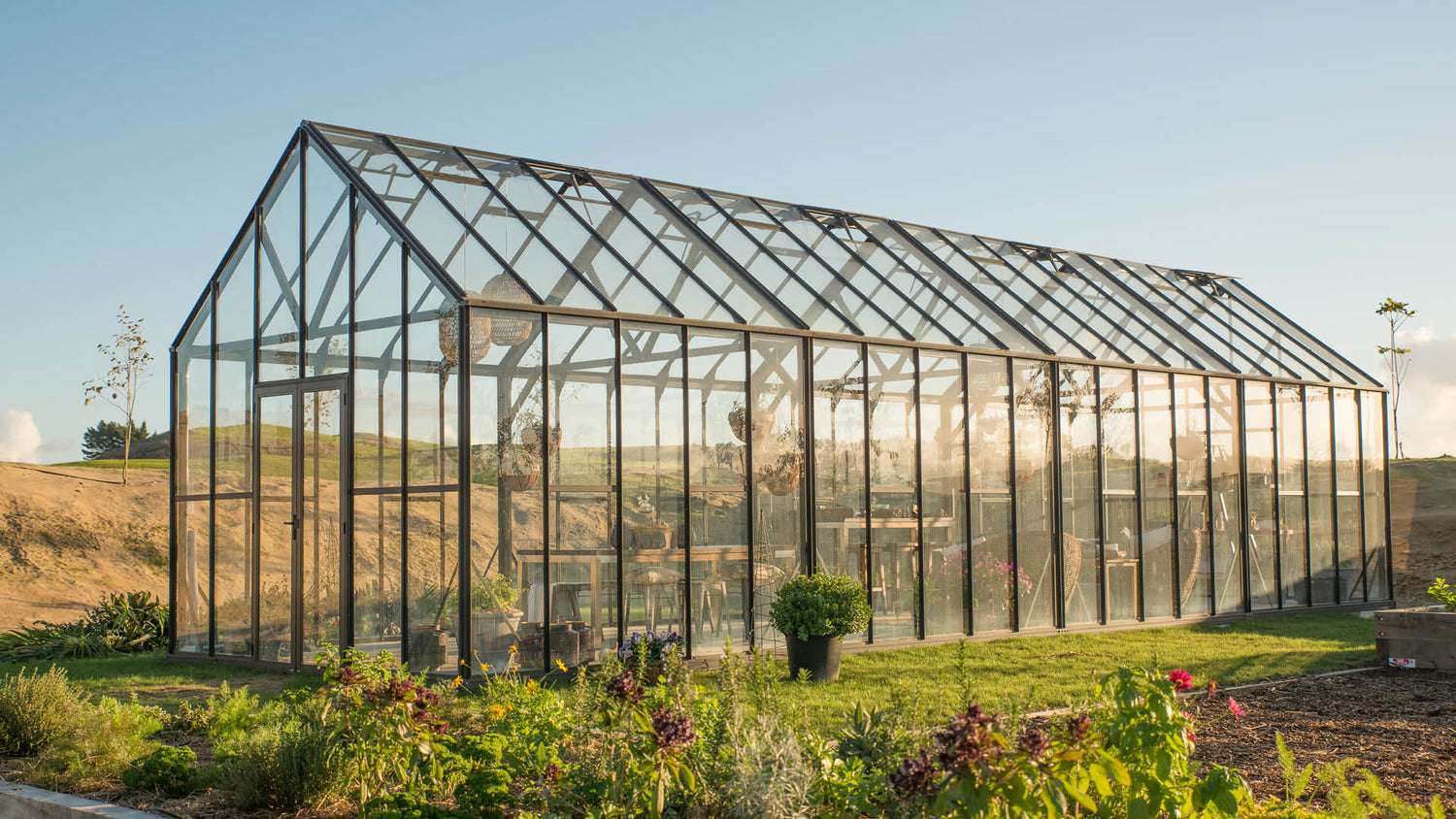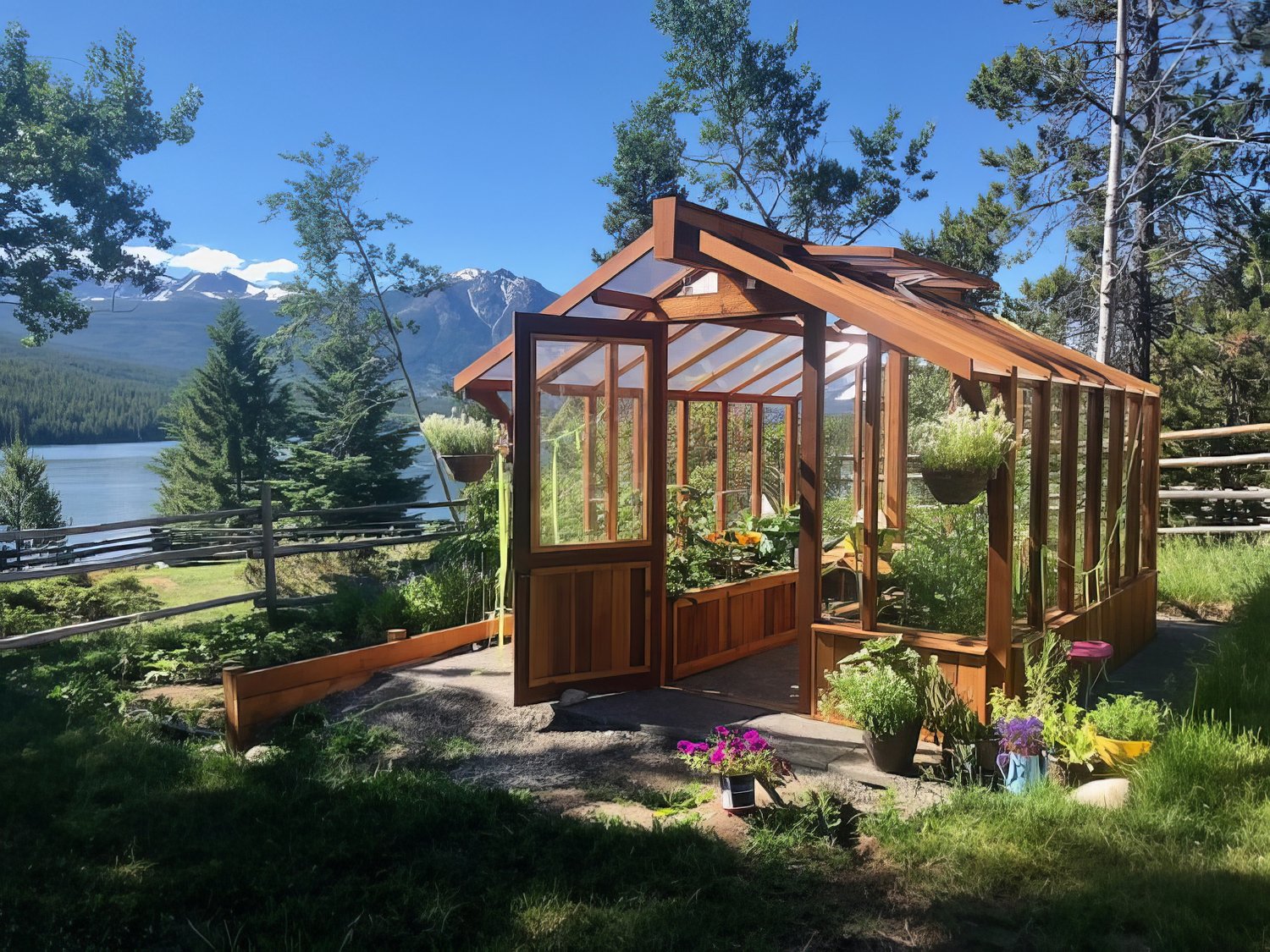The Future of Greenhouses: Innovations in Sustainable Agriculture
Are you curious regarding the future of greenhouses and how they are changing lasting farming? Look no more! In this article, we will explore the exciting technologies that are leading the way for a greener and extra efficient farming market. From innovative environment control systems to upright farming strategies, water-efficient irrigation techniques, eco-friendly power assimilation, and wise data analytics, these improvements are changing the method we expand our food. Prepare yourself to find the future of sustainable agriculture in greenhouses!
Advanced Climate Control Equipment
To accomplish optimum expanding conditions, you can rely upon the developments in greenhouses with innovative environment control systems. These systems have transformed the method we cultivate plants, giving a regulated setting that contributes to plant development. With these innovative systems, you can currently control temperature level, moisture, light levels, and also carbon dioxide concentrations to create the perfect problems for your plants to flourish.
One of the vital features of these advanced environment control systems is their capability to regulate temperature level. By utilizing sensing units and automated controls, the greenhouse can readjust the temperature based upon the certain needs of the plants. This ensures that they are never ever exposed to severe warmth or cool, which can be detrimental to their development.
Humidity control is an additional vital facet of these systems. By keeping the optimal moisture levels, you can protect against issues such as mold and mildew, mildew, and condition from impacting your plants. These systems can also control the quantity of light that reaches the plants, ensuring that they get the optimum quantity for photosynthesis.
Additionally, progressed climate control systems can also adjust CO2 concentrations. By boosting the degrees of CO2 in the greenhouse, you can improve plant growth and productivity. This is particularly valuable in areas with low all-natural carbon dioxide degrees.
Vertical Farming Methods
One vital vertical farming strategy is utilizing piled expanding systems. Monarch Farm Greenhouse Utah. These systems entail arranging plants in several layers, vertically stacked on top of each other. By using upright space, farmers can optimize their plant yield without needing extra land. Piled expanding systems are commonly made use of in urban locations where space is restricted.
One preferred method is known as vertical hydroponics, where plants are grown in nutrient-rich water without soil. This technique is extremely effective as it minimizes water use by approximately 90% compared to conventional farming techniques. Furthermore, because the plants are grown indoors, they are secured from parasites and conditions, minimizing the need for pesticides.
Another strategy is aeroponics, which entails suspending the plant origins in a haze or air environment. This technique enables optimal nutrient absorption and oxygenation, resulting in faster development and higher returns. Aeroponics likewise uses much less water than conventional farming and can be applied in vertical systems, making it a preferred selection for upright farming.
Water-efficient Irrigation Techniques
Making the most of water conservation is important when it comes to carrying out water-efficient irrigation approaches in sustainable agriculture. With worldwide water shortage becoming a pushing issue, it is crucial to establish ingenious techniques that maximize water usage in greenhouse operations.
One promising approach is drip irrigation, which supplies water directly to the plant origins, decreasing waste and evaporation. By utilizing a see here network of tubes with tiny emitters, water is applied gradually and precisely, guaranteeing that plants get the necessary wetness without excess drainage.
Another effective method is making use of soil dampness sensing units. These devices measure the wetness web content in the soil and supply real-time information to farmers. By checking the dirt's wetness levels, farmers can precisely determine when and just how much water to apply, protecting against over-irrigation.
Moreover, the application of rain harvesting systems is getting appeal in greenhouse agriculture. Accumulating rainwater Related Site from roofs and saving it in storage tanks allows farmers to use this natural deposit for watering objectives, minimizing dependence on conventional water resources.
Finally, the fostering of automated watering systems can considerably boost water efficiency. These systems make use of sensors to identify dirt dampness levels and weather condition conditions, adjusting watering timetables accordingly. By enhancing water use based on actual plant needs, these systems can decrease water waste and advertise sustainable farming practices.
Renewable Resource Integration
Renewable power integration in greenhouses uses a number of advantages, consisting of decreased running expenses and lowered dependence on non-renewable power sources. The generated power can then be utilized to run different operations within the greenhouse, such as ventilation, home heating, and lights systems. These turbines harness wind power and transform it into electrical power, which can be made use of to supplement the power demands of the greenhouse.
Smart Data Analytics and Automation
To enhance the effectiveness of your greenhouse operations and enhance resource usage, consider applying wise information analytics and automation. Smart data analytics involves collecting and analyzing information from various sensing units and devices within your greenhouse.
This can consist of automating the control of lights, air flow, irrigation systems, and nutrient distribution. By automating these procedures, you can make sure that your plants get the ideal conditions and nutrients at the ideal time, without the requirement for constant manual treatment.
Furthermore, clever information analytics and automation can interact synergistically. The data accumulated by sensing units can be used to educate computerized systems, allowing them to make real-time changes based upon the current conditions. This integration of data analytics and automation can lead to extra reliable and specific source allotment, summer grass ultimately resulting in greater yields and far better plant top quality.
Verdict
In verdict, the future of greenhouses in sustainable agriculture looks encouraging. With sophisticated environment control systems, vertical farming methods, water-efficient watering approaches, and renewable energy integration, greenhouses are coming to be more ecologically pleasant and reliable.

By optimizing water use based on real plant demands, these systems can decrease water waste and advertise lasting farming techniques.
